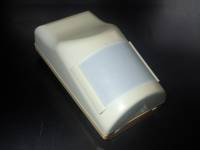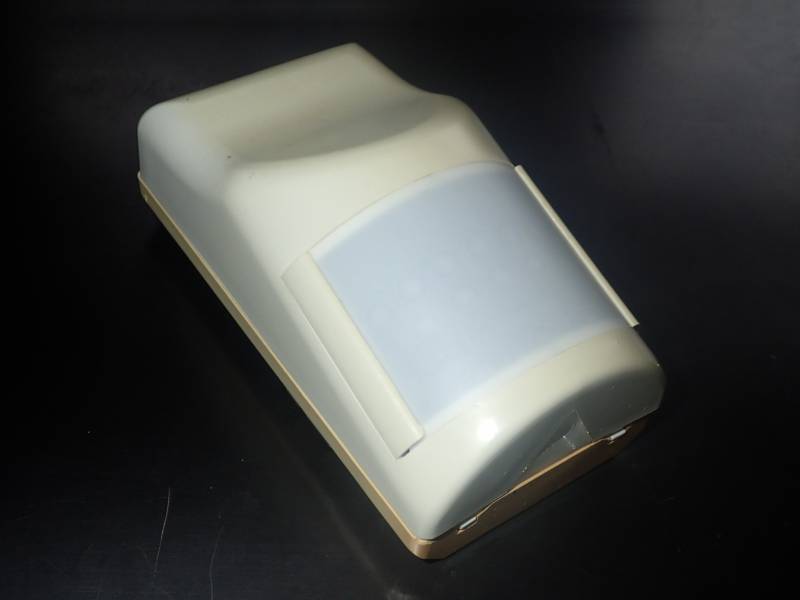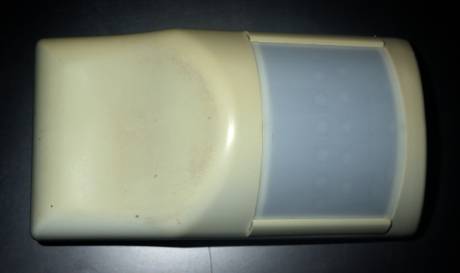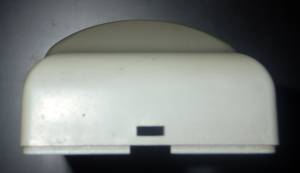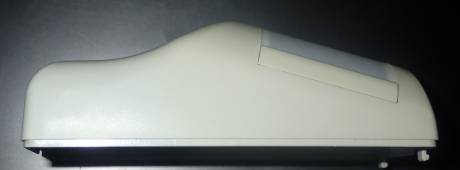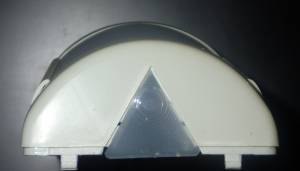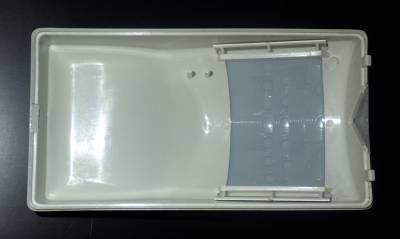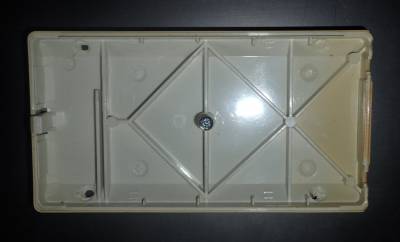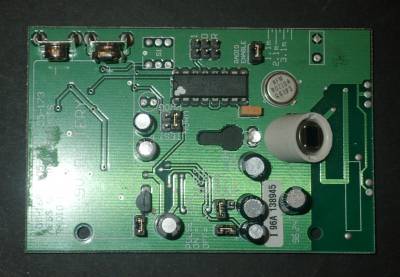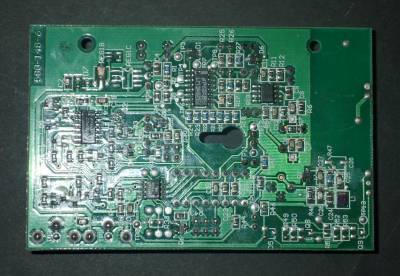User Tools
Site Tools
Sensors
Published 22 Aug 2023
FAI/Ness PIR
| Sensor data | |
|---|---|
| Model | FAI/Ness PIR |
| Manufacturer | Ness |
| Board IDs | 105-168, 105-172, 105-173, Ness Security Products, Radio PIR, 580-148-6, 10956-8-1996, I 96A 138945 |
| FCCID | |
| Type | PIR |
| Coverage | ° |
| Range | to 15m |
| Connection | Wireless, 303.875 MHz |
| Power | 9V Lithium Battery |
| Sensors | PIR |
| Controls | Radio Enable, Pulse Link 1-2/3-4, Range High/Low, Test/Prog/Norm |
| Outputs | |
| Date | 1996 |
Components
- 271C
- LM346M
- 56AB
- CD4093BCM
- NESSCODE-2
Controls
- Radio enable jumper: Enable/disable radio transmission to the security system.
- Test/Prog/Norm jumper block:
- Test: Sensor re-triggered by every event with no idle timeout. LED flashes for every trigger.
- Prog: For setting a new 16bit identification code (random or fixed) for this PIR
- 1/0/R jumper block: Used when programing a new PIR identification code.
- Norm: Normal operation, 3 minute idle time before re-triggering to save battery life.
- Range high/low jumper: High sensitivity will detect up to 14m, low for up to 8m.
- Pulse count jumper: On for 1 to 2 movement detections to cause and alarm, off for less sensitive requiring 3 to 4 pulses.
- Height scale: A graduated scale from 1.1m to 4.1m marked on the circuit board, so that it can be slid up or down to maximise the range, depending on the height on the wall that the sensor is mounted. 2.1m is the optimum mounting height.
Sensors
- PIR: Heimann LHI 958
- Lenses: A front facing wide angle graduated Fresnel lens, and a 'creep under' downward facing Fresnel lens.
- Tamper switch: There is provision on the PCB for mounting a tamper switch, but missing from this example.
Examples
Tear down
References and Additional Resources
Page Tools
electronic/equipment/sensor/faipir.txt · Last modified: 2023/08/25 10:49 by tony
 Except where otherwise noted, content on this wiki is licensed under the following license: CC Attribution-Share Alike 3.0 Unported
Except where otherwise noted, content on this wiki is licensed under the following license: CC Attribution-Share Alike 3.0 Unported